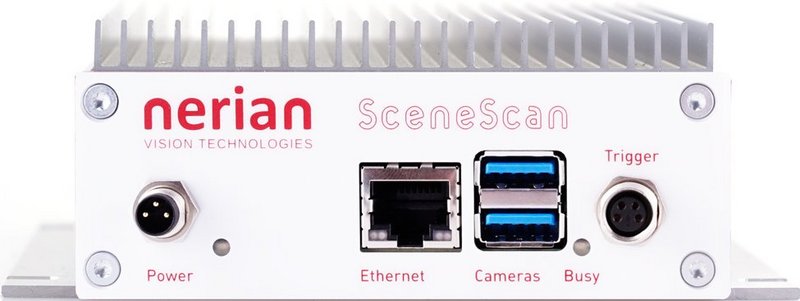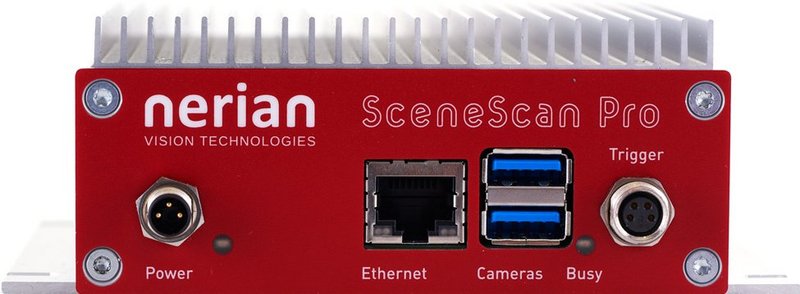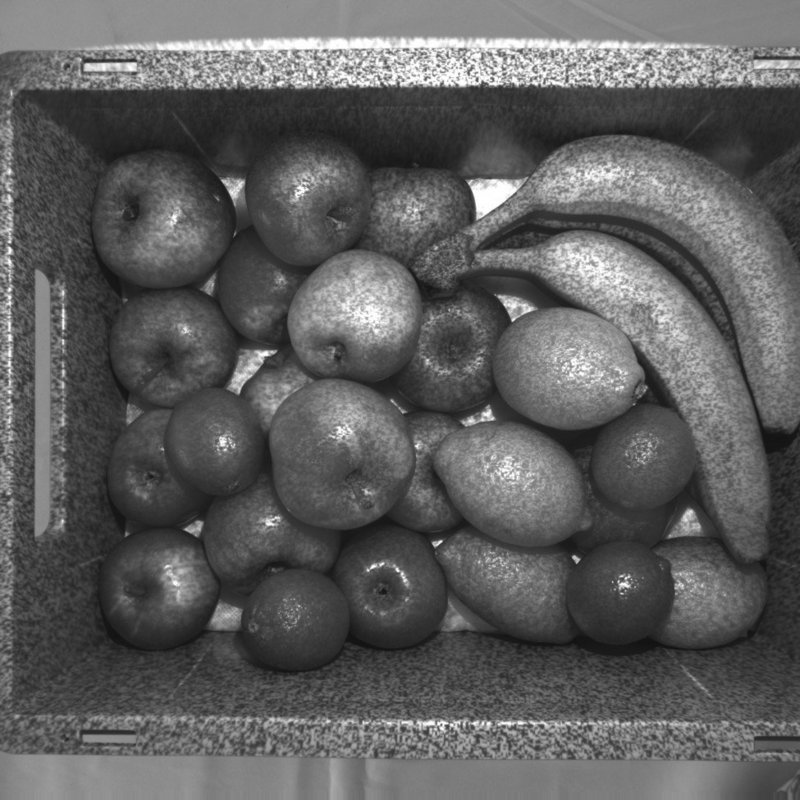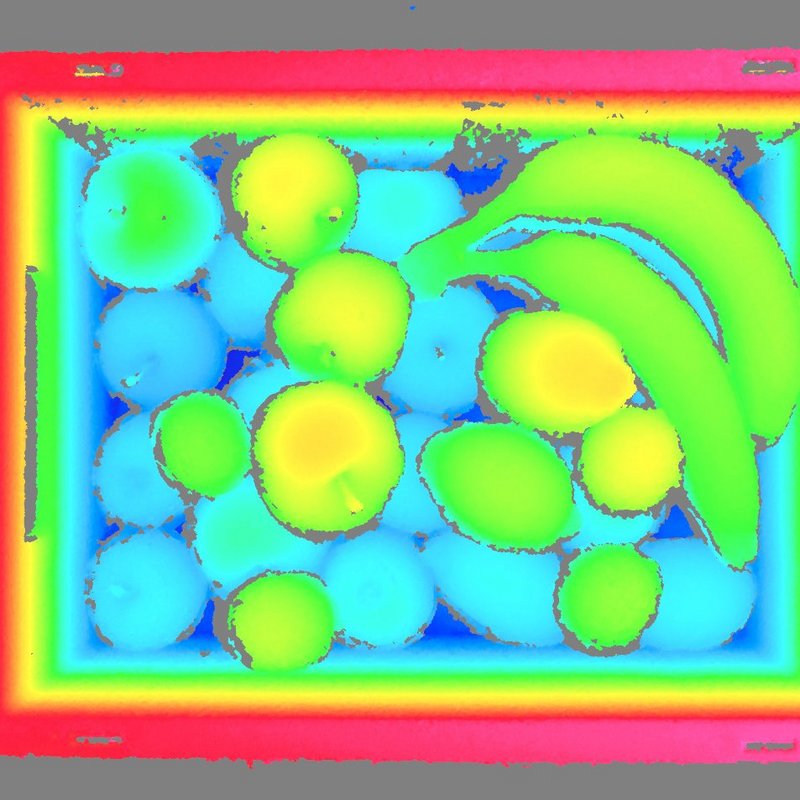Nerian SceneScan
Stereo vision image processing
SceneScan is a 3D depth perception solution which computes a 3D image of the observed environment in real-time.
Nerian SceneScan - Stereo Vision Sensor
3D Measurement Performance with 2 Models
Using stereo vision and hardware-based image processing, SceneScan computes a 3D image of the observed environment in real-time. Unlike conventional depth cameras, no light in the visible or invisible spectral range needs to be emitted for this. As a result, SceneScan provides accurate 3D perception even under difficult conditions, such as bright daylight, long range measurements, overlapping ranges, or even underwater measurements.
Benefits at a glance
SceneScan provides accurate 3D perception even under difficult conditions. Benefit from real-time 3D image processing!
- SceneScan Pro and SceneScan connect either to Nerian stereo vision cameras or to two Alvium USB3-Vision cameras.
- Depending on the camera setup, very different measuring ranges can be covered, from extremely near to far-range measurements, starting from 11 cm
- Accurate 3D perception even under difficult conditions, such as bright daylight, long range measurements, overlapping ranges, or even underwater measurements



